At Huawei Connect 2016 in Shanghai, China, Huawei laid out its full cloud strategy, as it is moving forward. For the event itself, Huawei was hosting over 20,000 attendees including partners, customers, ICT (Information, communication, and technology) specialists, and media, including StorageReview, from over 120 different countries over the world. Huawei has integrated its other events into this single event with the theme of “Shape The Cloud.” Along with laying out their path and vision for the cloud, Huawei is spending several days exploring current trends in the cloud and what will be capable with this technology moving forward.
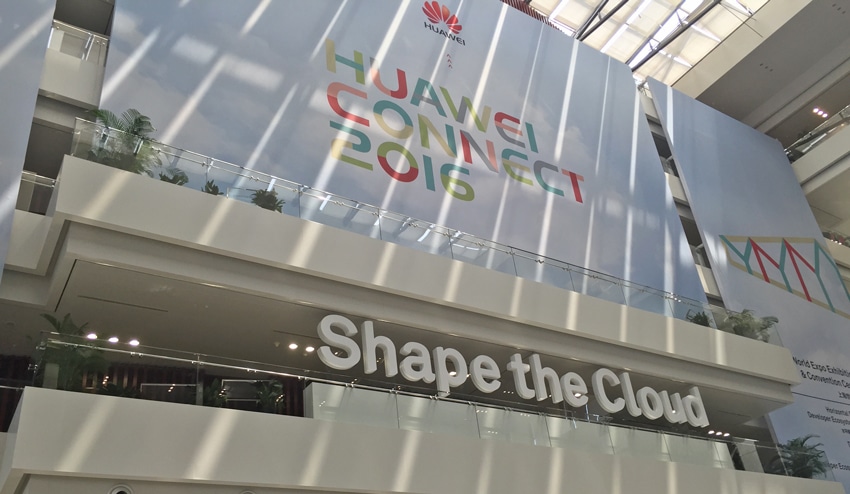
Of all the technologies bombarding the enterprise, the cloud has probably made the biggest changes in terms of consumption models as well as perceptions by customers. At first the cloud was distrusted, to quickly becoming the go to source of data storage, to now many companies switching to cloud-first approaches where their entire business model can be based in the cloud. It’s widely believed that by 2025 nearly 85% of all enterprise applications will be cloud-based. While the general public still seems mildly confused about the cloud, and seems to liken it to some sort of magic (though they use it nearly every day through their mobile devices), most industries see it as not only a strong tool to help propel their business forward but most likely the most powerful tool moving forward. Huawei sees all of the abilities and opportunities in the cloud and is seizing on them.
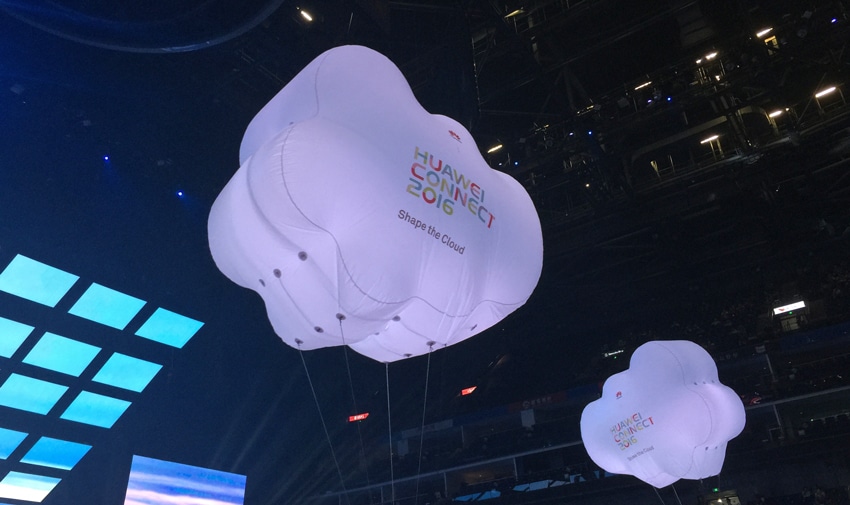
Huawei already provides a public cloud within China. That being said, they have no goal to continue to expand their cloud providing service beyond the borders of their home country. Instead Huawei will be using it hardware and software to enable other companies to transition to cloud-first companies that Huawei sees as the future. Huawei itself has transitioned most of its own company to be cloud-centric over the last few years and have already seen tremendous benefits from doing so. Huawei’s future investments will revolve around three key elements devices, information pipes, and the cloud.
Huawei believes that all companies need to rethink how they look at their businesses, turning more toward a technology base and elevating the importance of IT. IT needs to thought of less as back office that needs to repair issues like down servers or find out why emails aren’t being delivered, and be moved more to a production type system. IT will be less reactive and more proactive, using technology to enhance their core business. With this, companies will also need to equip all their employees with some level of IT knowledge and training to make them more productive and efficient.
Huawei’s goal is to be an enabler and driver of this new cloud strategy while remaining customer-centric. To be the enabler, Huawei is doing a handful of things at once. For one it intends to leverage its existing technology. Its current products and solutions span the gamut of nearly anything an enterprise would need to begin its cloud journey. Huawei’s solutions should be able to give customers the performance they need while being open and secure. With such a wide breadth of products and solutions, Huawei can serve as a one-stop environment for customers looking to transition to cloud-first/cloud-based organizations.
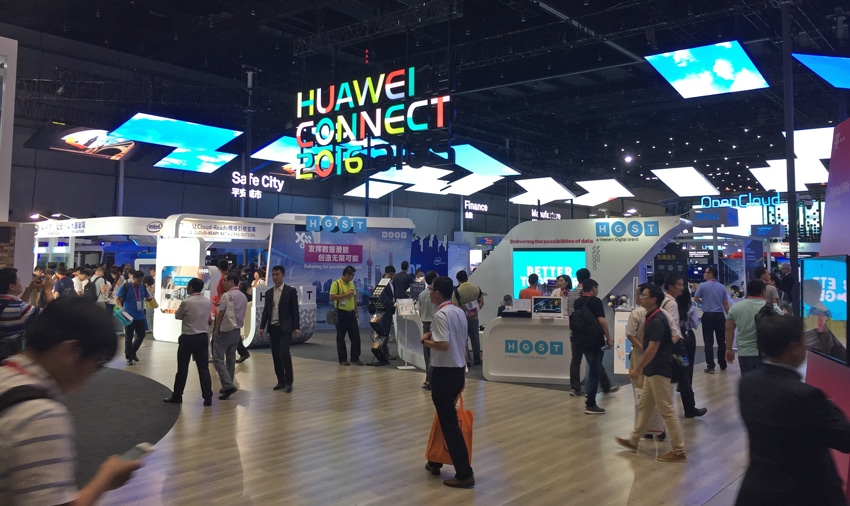
Huawei has announced a series of partnerships also revolving around its cloud strategy as well as its investments in IoT. They will be working with their global strategic partner, Accenture, to go to market enterprise cloud solutions. These new solutions will be verified enterprise SAP and Oracle cloud solutions based on Huawei FusionCloud. Huawei announced collaboration with Schindler Group over new IoT smart elevators. By making the elevators connected and “smart,” Schindler will be able to greatly enhance safety, reduce maintenance time, labor, and down time of elevators, and generate data on usage patterns and foot traffic. The focus on elevators may seem a bit odd to the lay person but it should be kept in mind that China has a huge population, more and more of which are moving into their rapidly developing cities and nearly 70% of all new elevator installations are happening in China. Also, Huawei is working with Intel to provide 5G solutions. Huawei is supporting global 5G deployments and helping to drive global standardization.
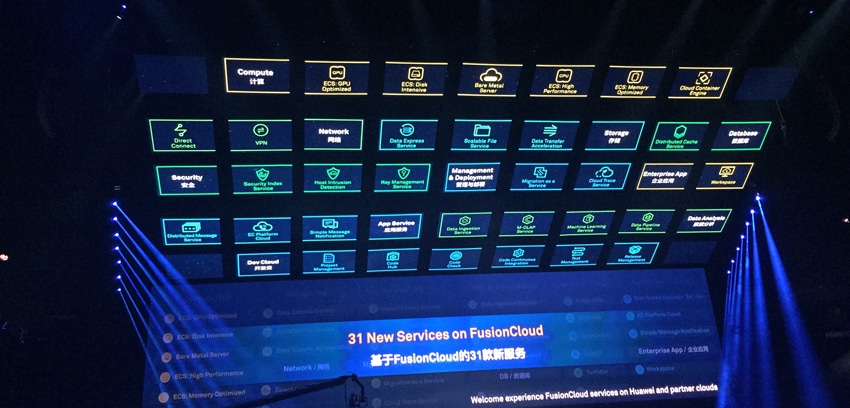
Aside from partnerships and products, Huawei is releasing 31 FusionCloud cloud solutions, grouped into 10 categories (computing, storage, network, security, data analysis, databases, testing and development, and management services) that are designed to help customers accelerate the migration of their apps to the cloud. These new solutions and services will be including as part of Huawei’s IaaS framework. They have released a new version of FusionStorage, 6.0, that now supports distributed block, file, and object storage and eases any storage challenges as applications are migrated to the cloud. And Huawei released its new FusionStage PaaS platform. This new PaaS platform features an open architecture a wide range of middleware services, including for Big Data and IoT, and support for mainstream development language and protocol.
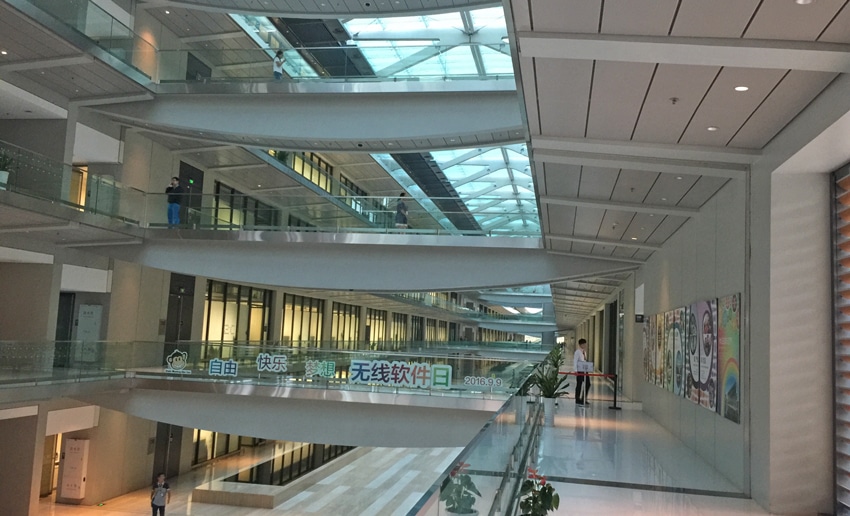
Huawei Connect 2016 is a new combination of several different previous events. With over 20,000 attendees including media, customers, partners, and analysts, the event was the largest Huawei has yet to attempt and something new. Being a new experience and juggling so many people did result in a few minor hiccups, but for the most part the event flowed rather smoothly. StorageReview was on site in Shanghai, and, though storage is in our name, we do look at all aspects of enterprise IT. The event, hosted by a company with its finger in almost every pie, gave us a chance to truly glimpse just about everything that touches storage in one shot, including one of their R&D centers. Also the sheer volume and variety of people in attendance and the topics covered really emphasized the message of building ecosystems that would shape the future of cloud technology.




 Amazon
Amazon